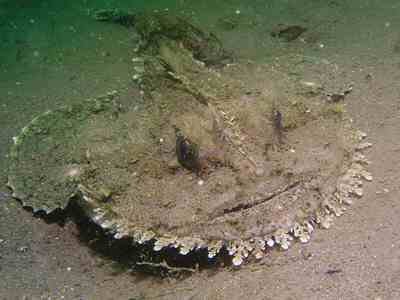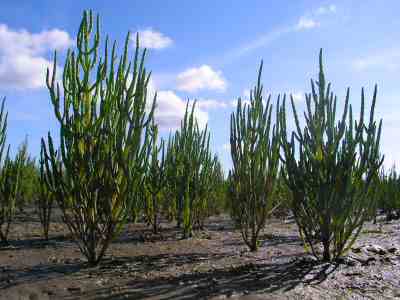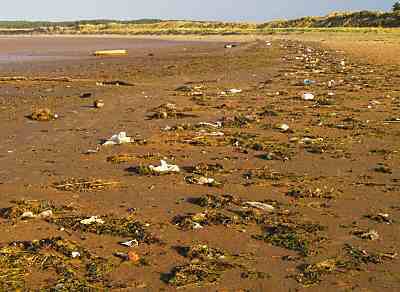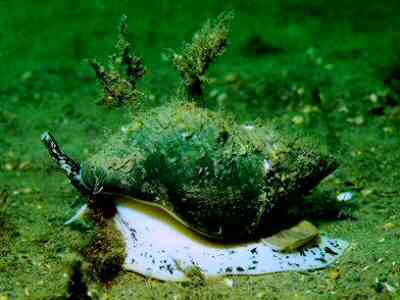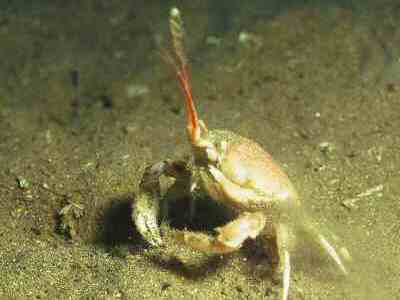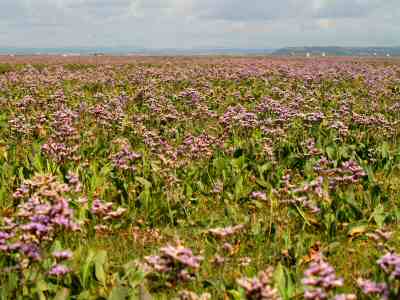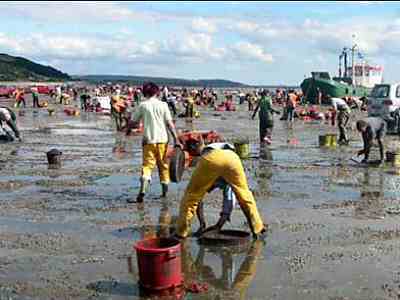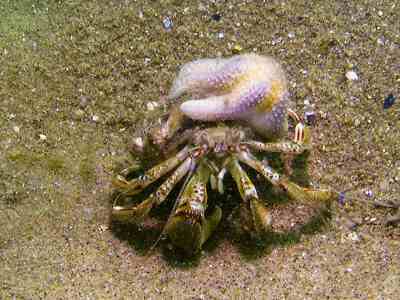Management scheme
The scheme is the sum of several parts; it is more than just a document or action plan. Â These parts include:
- a liaison and consultation structure
- providing a mechanism for involving local communities and public interests
- a register of identified actions
- a means for recording completion of, and failure to complete, actions
- a monitoring programme
- a means of reviewing actions, and required actions
- a means of reporting (to government and the EC
Recognising the differences in management necessary to deliver the requirements of the Habitats and Birds Directives for Carmarthen Bay and Estuaries SAC and the two encompassed SPAs and their different features, management measures will need to vary across the site and at different times as necessary (management zoning).
Although relevant authorities are collectively responsible for the scheme, more accurately they are individually responsible for their parts of it. Â Whilst there is a shared agreement on the need for management action, the management action each relevant authority takes or commits itself to taking depends on its understanding of what it must do to comply with the legislation and its powers. In practice, a management scheme draws together the separate undertakings of each relevant authority.
The production of a management scheme document assisted relevant authorities in reviewing the management of the EMS. Â Â It helped identify where existing management arrangements were sufficient, and highlighted adjustments and changes required to progress toward achievement of the conservation objectives.
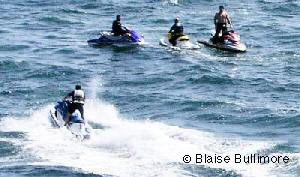 An essential step in the development of management was determining which management measures work and which don’t, and where there gaps in management needed to be filled.  To achieve this, it was necessary to systematically identify:
An essential step in the development of management was determining which management measures work and which don’t, and where there gaps in management needed to be filled.  To achieve this, it was necessary to systematically identify:
- the full range of activities
- their intensity & frequency
- their geographical distribution
- their distribution over time
- their potential for causing damage or disturbance to features
and then, objectively, to assess likely threat of damage or disturbance to features and the management solutions needed to address them.
The scheme will never be “finishedâ€; it will always be subject to review to accommodate new information and activity, and management will constantly evolve or adapt.  As printed documents will never be up to date, the full management scheme document and the systems for recording and managing the component parts of the scheme will be maintained as electronic documents, and the full management scheme document made available on-line.  However, summary printed documents may also be published at appropriate intervals.
The working draft management scheme document can be downloaded from here (4Mb pdf).
Technical annexes 1 and 2 – background and assessment of activities, pressures and threats can be downloaded here: background (2Mb pdf) and here: assessments (5Mb pdf).
The draft management scheme was open to public consultation from 1 September to 31 October 2011. Â A summary of the responses is available here.
